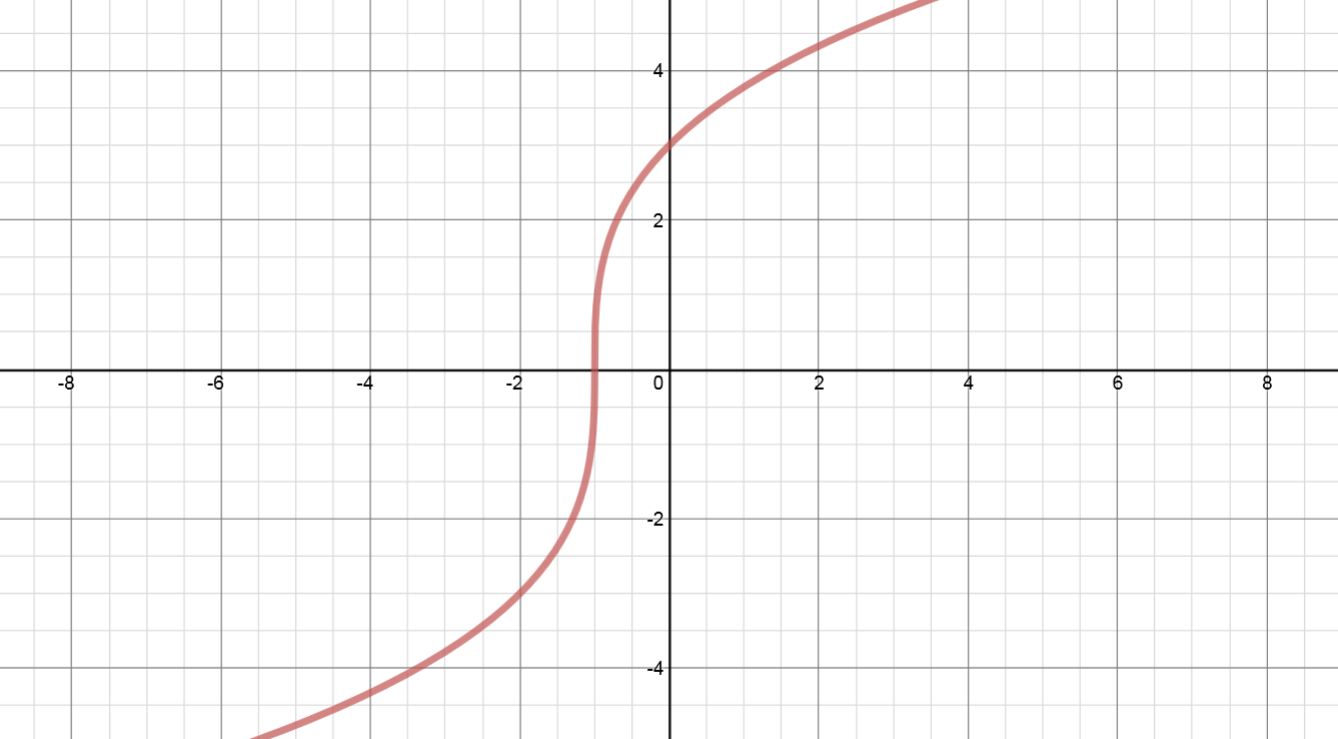Horizontal translations refer to movements of a graph of a function horizontally along the x-axis by changing the x values. So, if y = f(x), then y = (x –h) results in a horizontal shift. If h > 0, then the graph shifts h units to the right; while If h < 0, then the graph shifts h units to the left.
Compared to :
: shift 8 units to the right
: shift 3 units to the left
: shift 8 units to the right
: shift 3 units to the left







